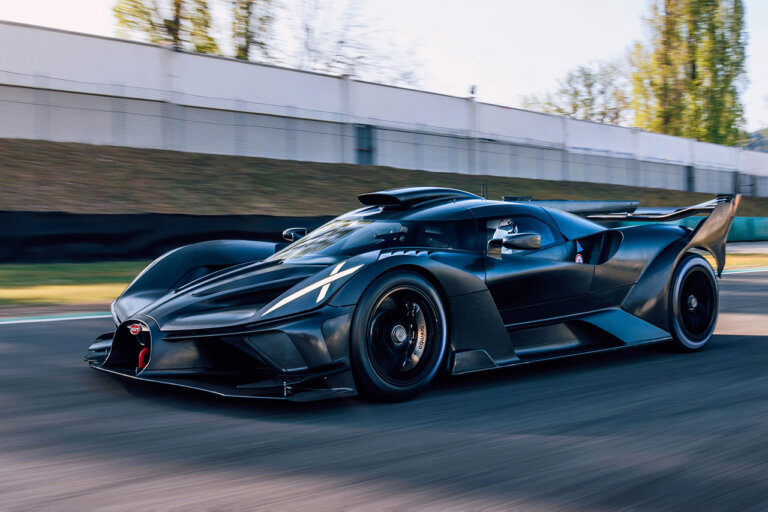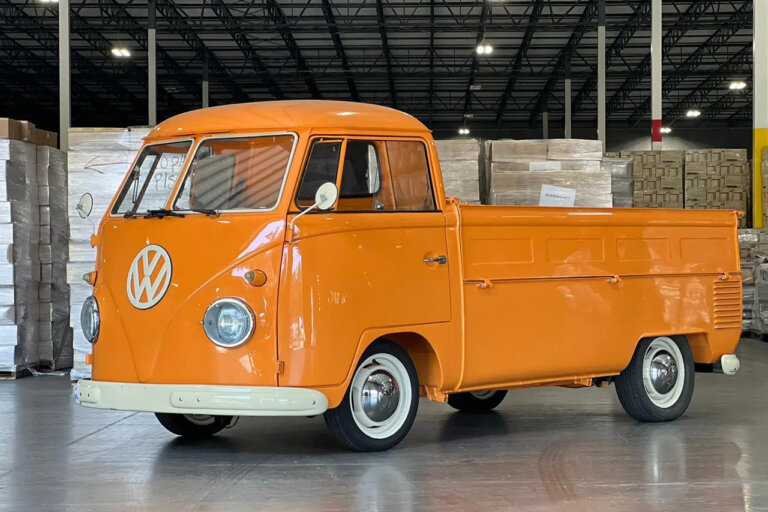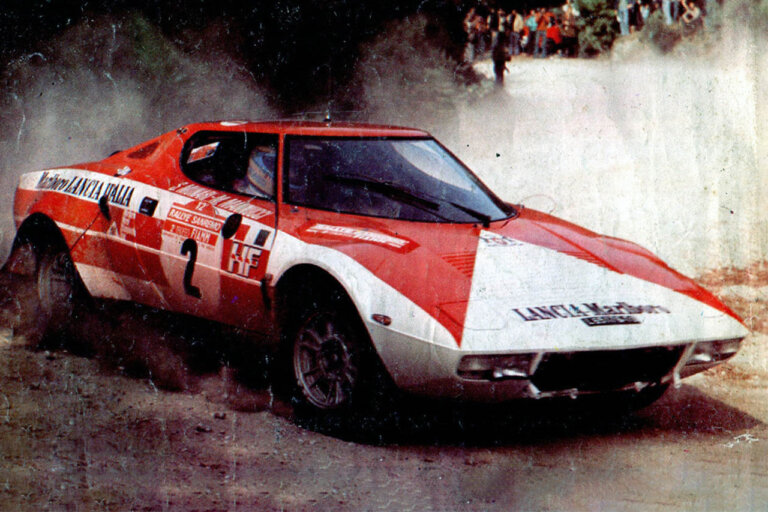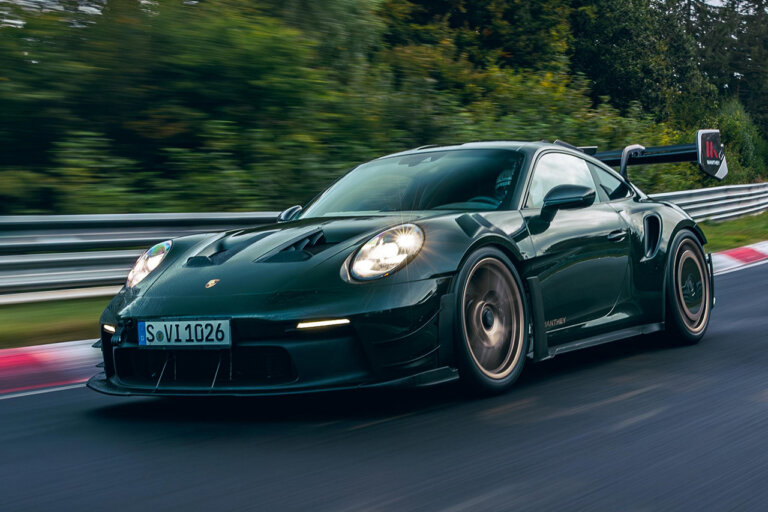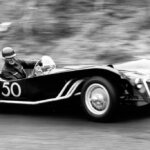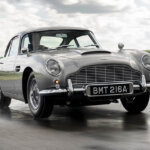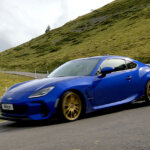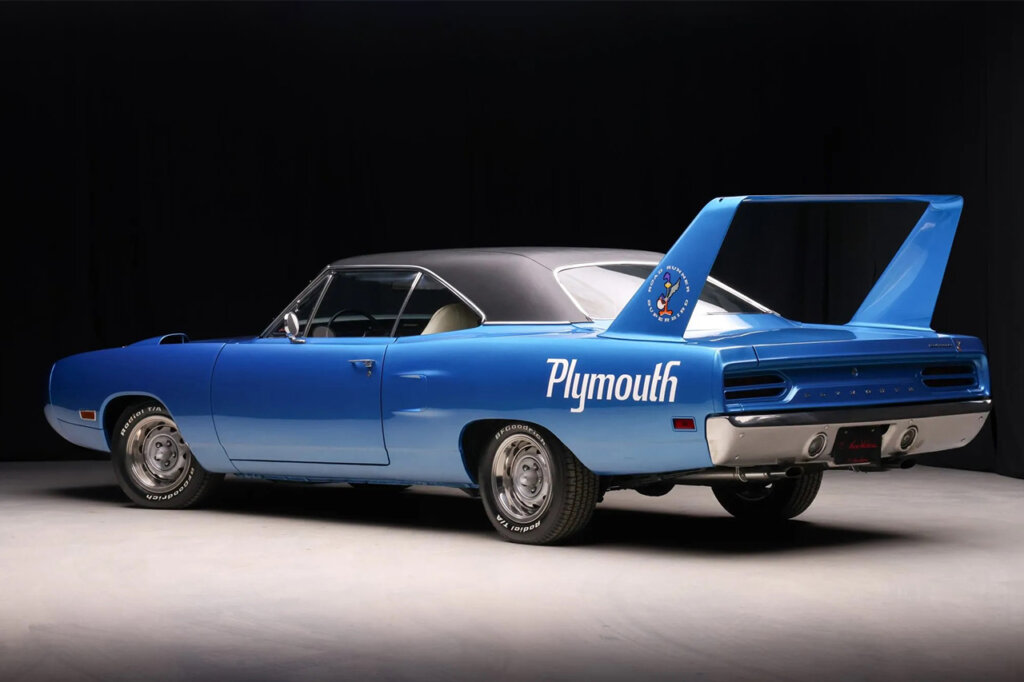
Source: Bring-A-Trailer
Nostalgia for the golden age of American muscle cars often leads enthusiasts down the road of legendary vehicles like the Plymouth Superbird. Born from the already revered Plymouth Road Runner, the Superbird stands as a symbol of innovation, speed, and an era when automotive design was as much about performance as it was about making a statement. Before you say it yes, very similar, but slightly different to the Dodge Charger Daytona.
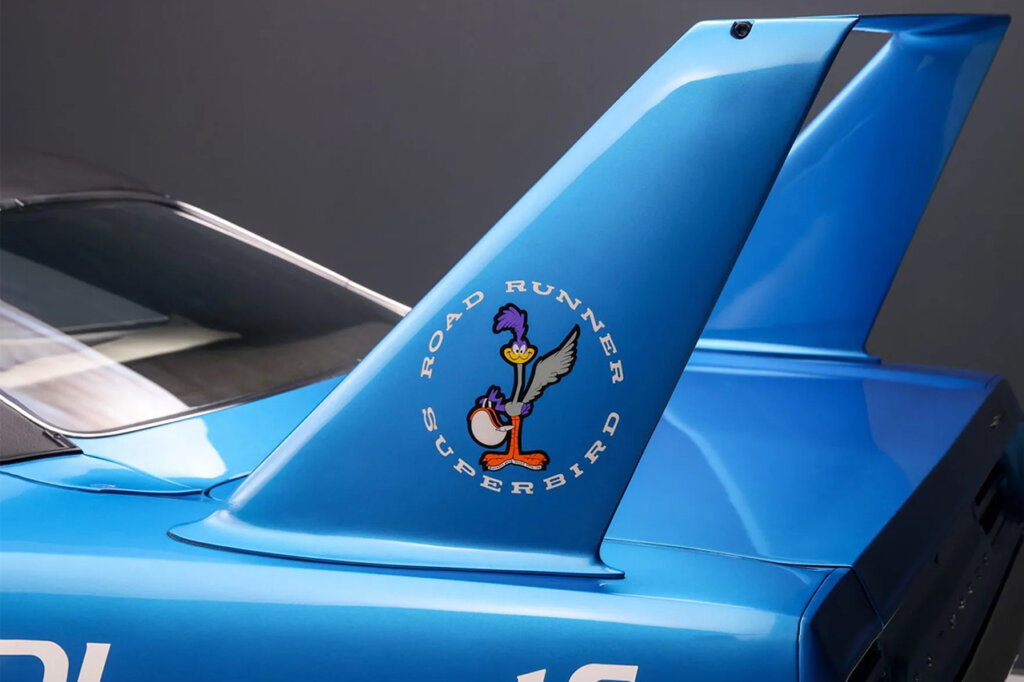
Source: Bring-A-Trailer
At its core, the Plymouth Superbird is an embodiment of automotive ingenuity, a fusion of power and style. Introduced in 1970, this variant of the Road Runner was not just another muscle car; it was a marvel of engineering, crafted to dominate both on the track and on the streets. But what truly set the Superbird apart was its unmistakable design cues, heavily influenced by a pop culture icon – the Looney Tunes character, the Road Runner.
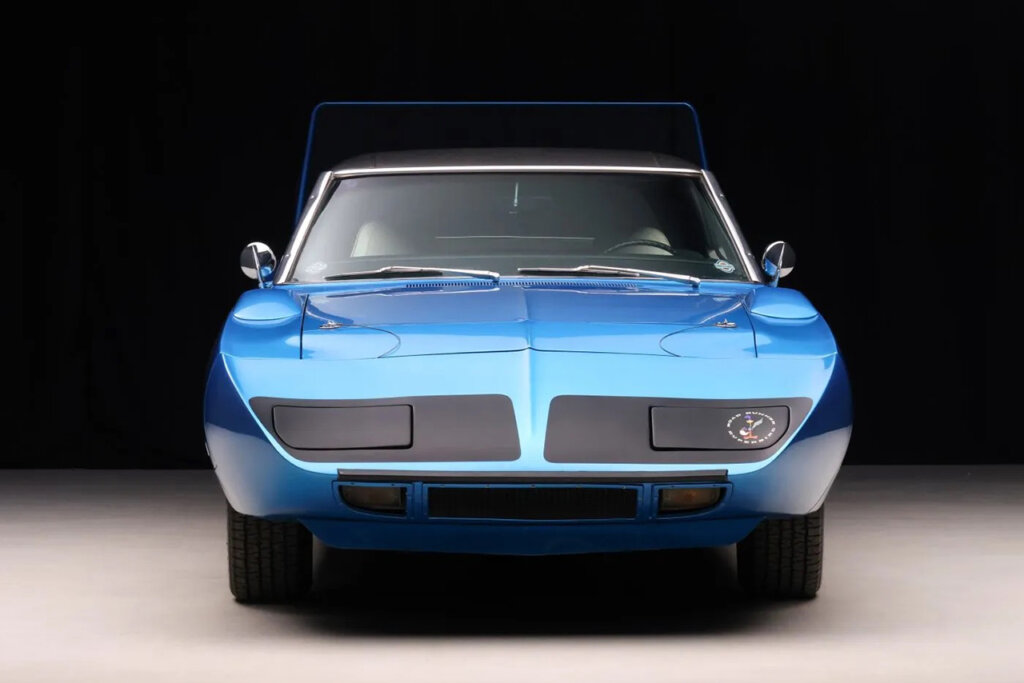
Source: Bring-A-Trailer
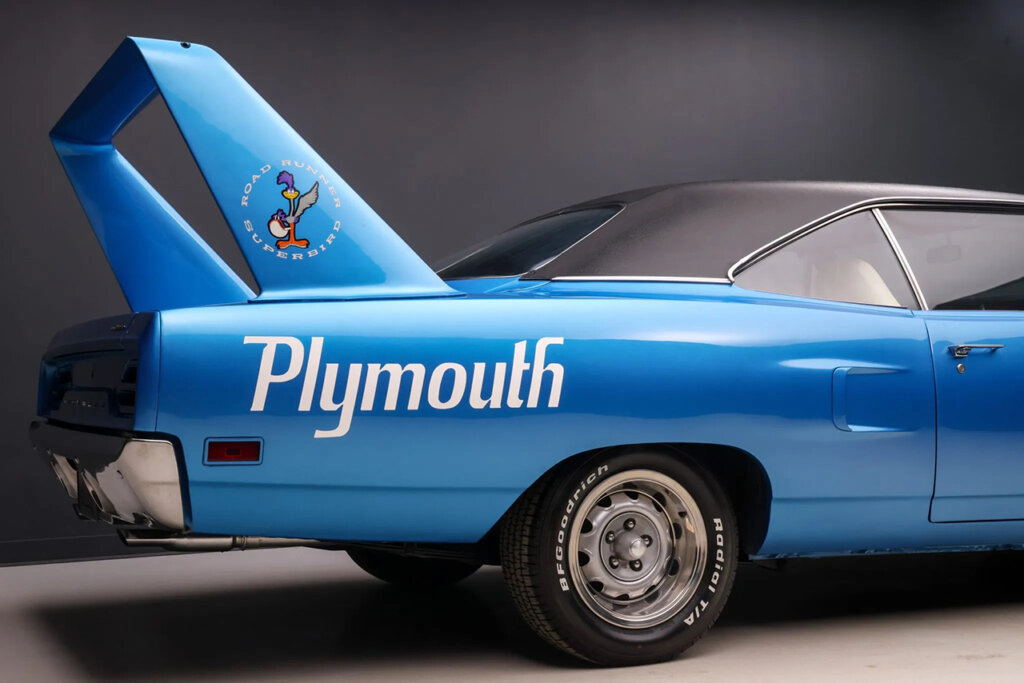
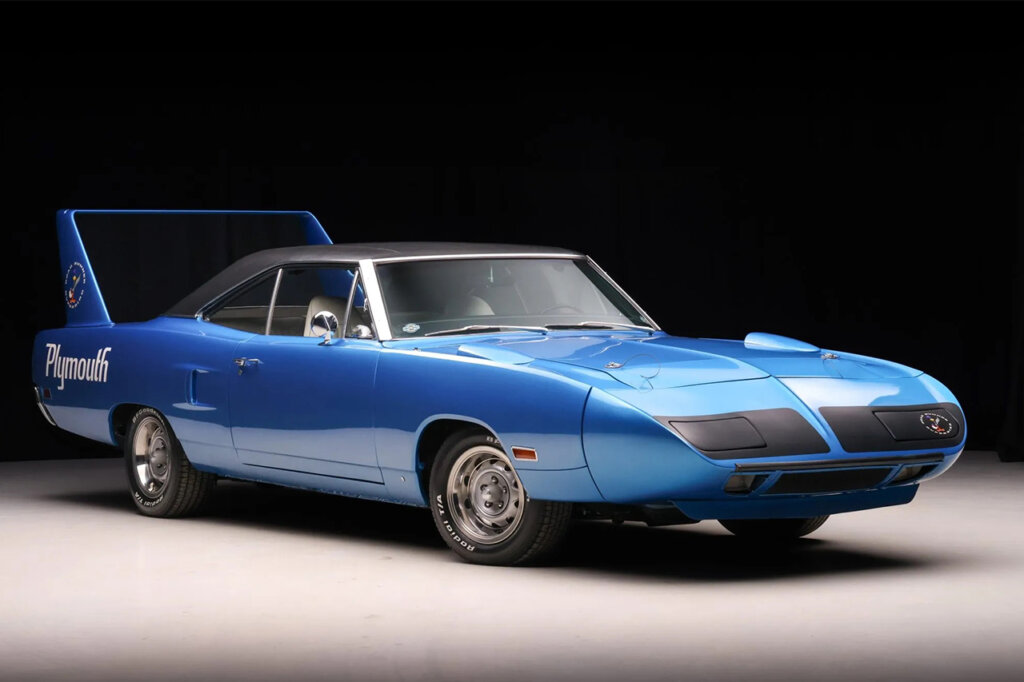
The Looney Tunes connection infused the Superbird with a distinct personality, echoing the character’s agility and speed. This influence is evident in the car’s aerodynamic enhancements, notably the towering rear wing and the sleek nosecone, reminiscent of the Road Runner’s pointed beak. These modifications were not just for show; they were functional, designed to improve stability and downforce at high speeds, essential for its performance on the race track.
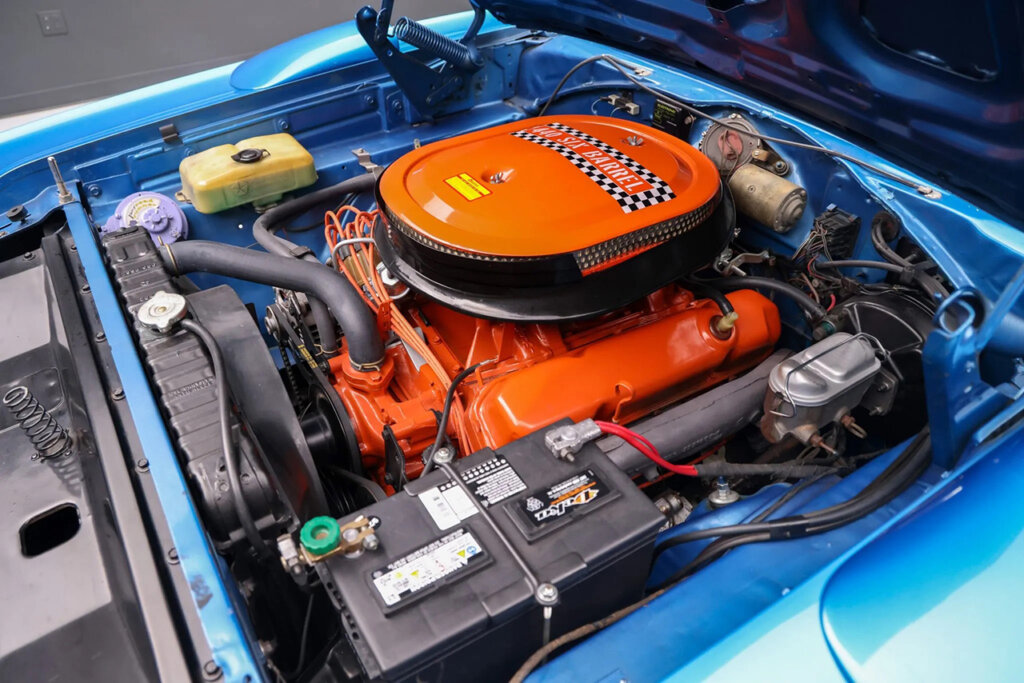
Source: Bring-A-Trailer
Underneath its eye-catching exterior, the Plymouth Superbird boasted impressive powertrain options. At its heart was a range of potent engines, including the legendary 426 Hemi V8 and the 440 Super Commando V8. These powerplants churned out horsepower figures that were nothing short of exhilarating, with the Hemi version delivering over 400 horsepower and torque figures that could pin you back in your seat, making the Superbird not just a beauty, but a beast on the road.

